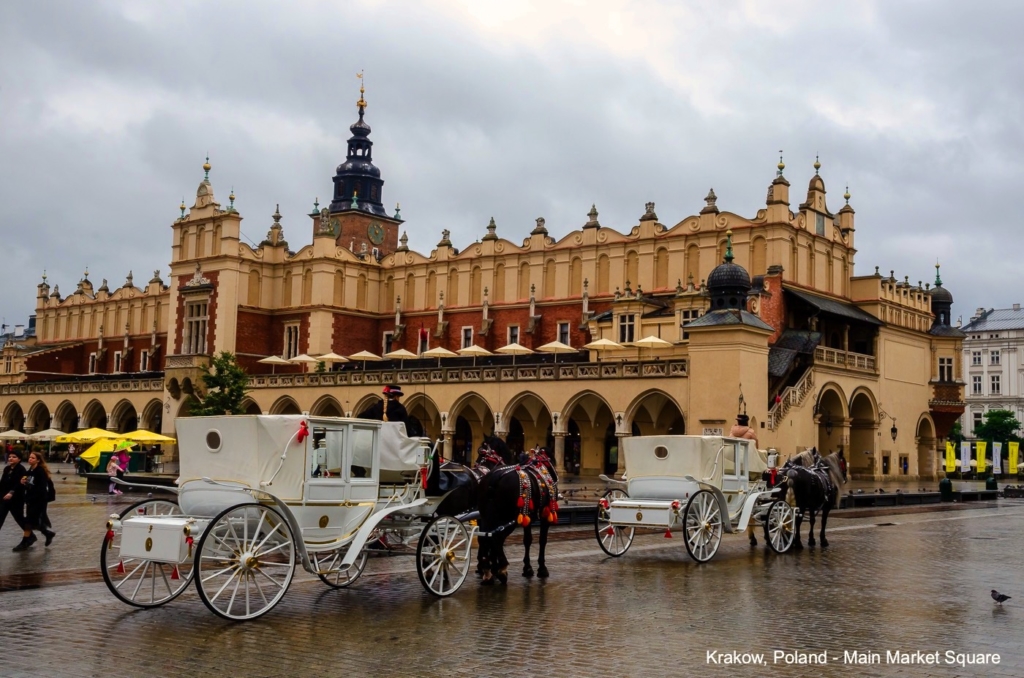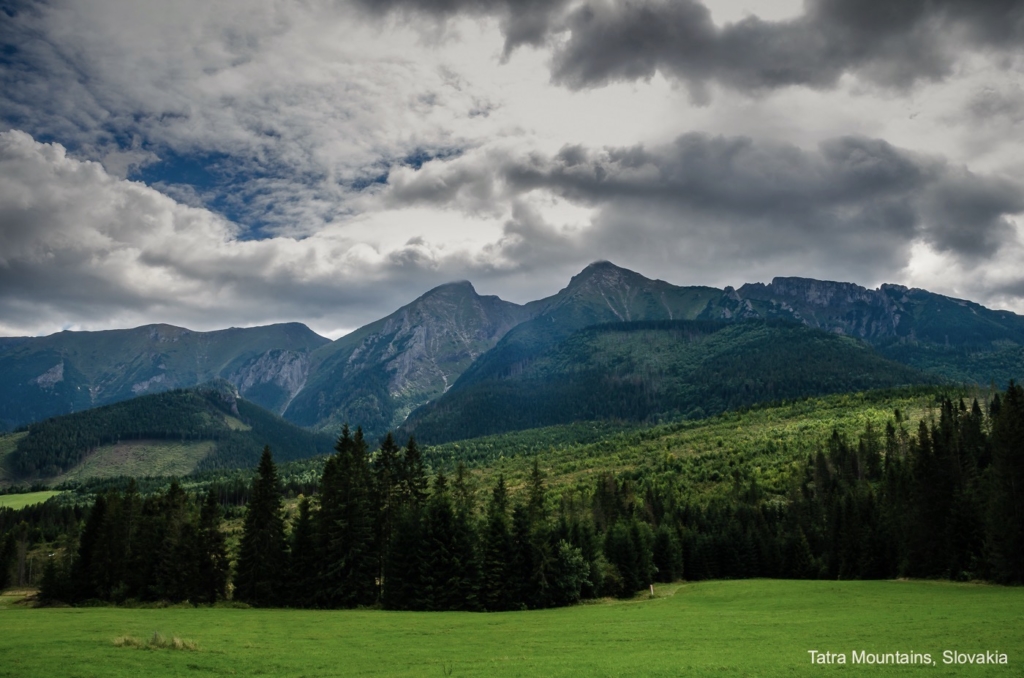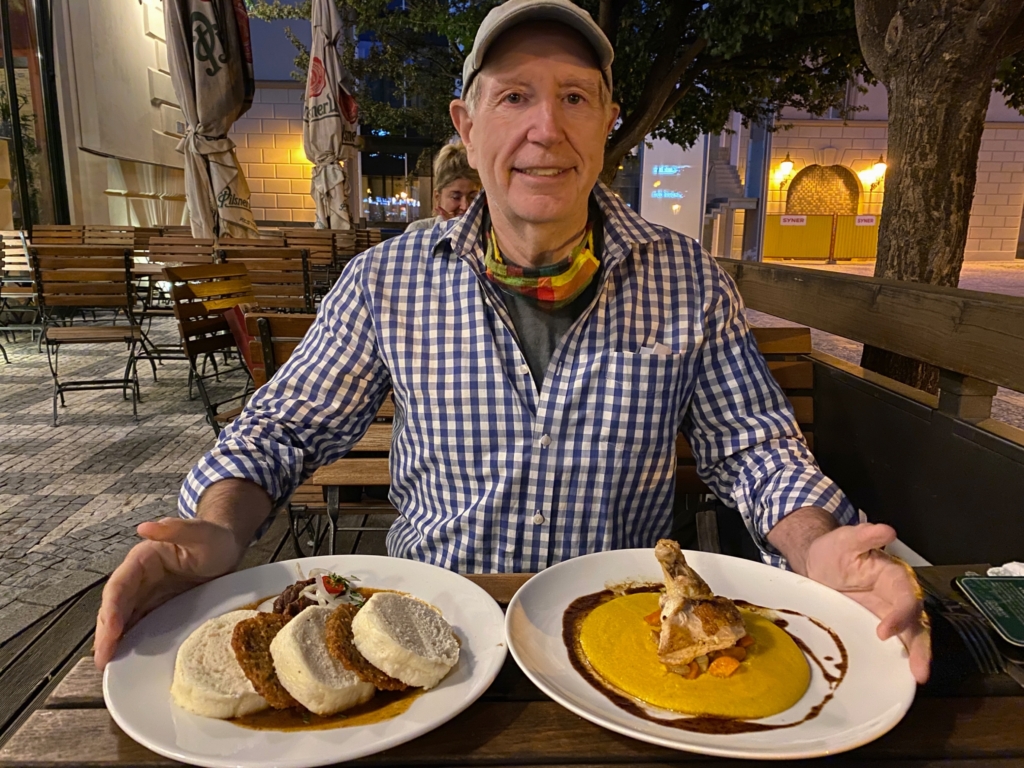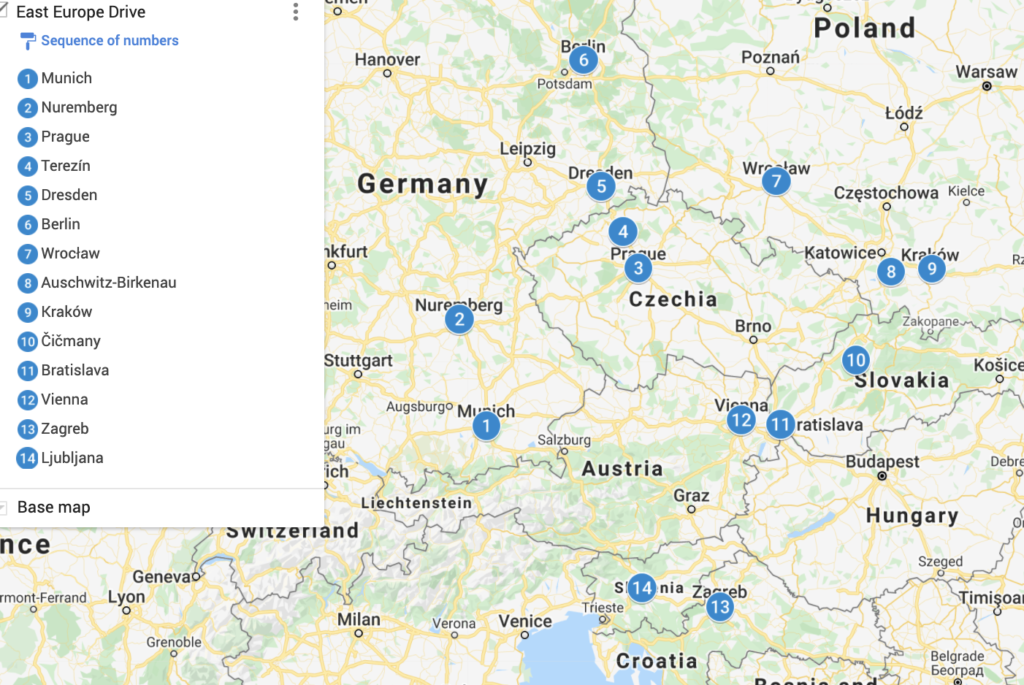Five Reasons to Travel to Eastern Europe
Eastern Europe encompasses many countries, from those in the former Yugoslavia in the south to the Baltic states in the north. The east parts of Germany and Austria have a shared history with their neighbours to the east and can easily be combined with them when visiting the region. The area is substantial, so plan on visiting multiple trips or, if you are fortunate enough to have six months, see it all in one go. For this post, Eastern Europe is composed of the former Commusinst members of the Warsaw Pact and countries of Yugoslavia and the USSR.
1. Eastern Europe has magnificent castles, churches and squares reflecting its long history
Many multicultural empires have dominated the area, including the House of Habsburg which for centuries ruled vast areas under the Holy Roman Empire and the Austro-Hungarian Empire. As a result, there are an incredible number of historical complexes and buildings to walk through and admire the architecture and learn the history.

2. Eastern Europe is cheap
Compared to Western Europe, travel expenses are noticeably less expensive, especially for countries that haven’t adopted the Euro and have their own currency.
3. Eastern Europe is different from Western Europe, but the differences are fading fast.
The Old-World charm of Eastern Europe, with residents wearing traditional clothes in isolated villages and speaking different dialects from valley to valley, is still there. However, as the European Union continues spending billions of Euros annually, including modern highways replacing twisty, local roads, the distinct customs and relative isolation are quickly disappearing. So, now is a good time to go!
4. Eastern Europe has awesome outdoor recreation
There are many mountain ranges crisscrossing Eastern Europe, which provide opportunities for hiking and skiing. The Croatian Coast is considered by many to be the most beautiful shoreline in Europe and has many fun water-related recreation. While vast parts of the region are flat and agricultural (thus known as the Breadbasket of Europe), they provide great roads for biking.

5. Eastern Europe has a wide variety of cuisines
Eastern Europe provides one surprise after another for foodies. Many dishes are local to the area and not found in the U.S. and other western countries. Just to name a few: in Poland, gołąbki (cabbage roll), in Hungary, somlói galuska (sponge cake dessert) and pictured below in the Czech Republic, there’s knedlíky (bread dumplings) to soak up gravy.

Why Drive in Eastern Europe?
Many countries in the region are in the Schengen Area of European countries that have abolished border control at their mutual borders. This eliminates the need to have visas and immigration stops when cruising across borders, so you may not realize you have crossed into a different country.
Driving is easy, especially as there are many new major highways, built mostly with EU money. Whenever possible, we drove on local roads and visited towns and villages, but when we needed to make time, the highways (autobahns, autostradas, etc.) were efficient.
Driving gives you flexibility. If you want to change your plans last minute and go to an out-of-the-way place, you are not constricted by train and bus schedules.
Having said all this, taking public transportation is better for the environment and cheaper. So for each trip, you have to balance the factors and make the decision that works best for you.
Our Drive in Eastern Europe
In mid-August 2021, my wife Khadija and I had a wedding in Munich. Afterwards we spent five weeks driving a loop of 3,700 km / 2,300 miles through eastern Germany, Poland, Slovakia, Austria, northern Croatia and Slovenia.
Except for Munich and Vienna, this was all new territory. We had been in Hungary and Romania before and wondered how similar they were (answer: quite in some ways, very different in others). We concentrated on visiting cities, rather than partake in outdoor recreation, this allowed us to learn the most about the countries. In each large city, we usually spent three or four days.
Traveling During Covid
We were able to enter Germany by showing our vaccination cards to Immigration at the Munich airport. We didn’t have to have a recent PCR test, even though we took one just to be safe. Every place we went afterwards was in the Schengen Area and we didn’t have to show visas but were stopped by soldiers on the borders of Slovakia, Austria and Germany to check our vaccination cards. The rest of the borders we sailed through.
Germany had the highest level of mask compliance. When we arrived, the countries stopped requiring Filtering Face Pieces, or FFP2, masks (similar to N95 masks used in the U.S.) on mass transit and in shops. However, a mask was still required on the subway and buses, and we saw almost complete compliance. The hotels asked us for our vaccination card, as well as a few restaurants. When we visited the Pergamon Museum in Berlin and others in Museum Mile, they still required a FFP2 mask.
In the Eastern European countries, mask wearing was noticeably less than in Germany, but most riders on mass transit wore them.
Driving Considerations
We rented an Audi Q3 SUV with German license plates, which was comfortable and agile enough on tight city streets. I like SUVs, as the driver seat is high which helps in spotting photographic opportunities and admiring the landscape. Renting an electric car was not an option, as we were driving too far to depend on infrequent charging stations. We had a diesel engine, which had good mileage and we filled the tank about every three days. In cities, we parked and used public transportation.
In Europe, some countries have toll booths and others use vignettes (windshield stickers) signifying the drivers have paid the highway taxes for specified time periods. You can buy them at gas stations, tobacco shops and convenience stores on the border. If you are caught by camera without a current vignette (there are a lot of them), you will be fined. If it’s a rental car, the company will charge your credit card for the fine. So, it’s important to know which countries use vignettes, as there are no signs alerting you need them when you cross the border.
All of the countries we traveled in have right-side driving, the same as in the U.S.
Surprisingly, the most confounding experience we had was paying the fee in parking garages. Sometimes it took us a half hour to find the payment machine. We often couldn’t read the instructions because they were only in the local language. A few times it didn’t accept our credit card and we had to pay in cash which we didn’t always have. So, before you leave your car, make sure you know how you pay.
Is Eastern Europe Safe?
Everywhere was very safe, though we were warned about pickpockets in Prague. I never worried about exposing my camera while walking around. There, as everywhere, I used standard caution.
What Currencies are used in Eastern Europe?
Some of the countries we visited (German, Slovakia, Austria and Slovenia) used the Euro and were generally more expensive than those with their own currency (Czech Republic, Poland and Croatia). In general, Eastern Europe is noticeably less expensive than Western Europe.
In countries with their own currency, often you can pay in Euros. However, it’s advisable to get a small amount (maybe $100 equivalent), as some stores and public institutions do not accept it.
Travel Itinerary for Eastern Europe
We carefully planned our itinerary but sometimes had to improvise. For example, we skipped Warsaw, as it was too far out of the way, and on a few occasions we learned about interesting places and stopped there, including Terezín, Czech Republic and Čičmany, Slovakia. We booked our hotels one or two nights before we arrived and never had a problem.
Here is the path we followed:
- Munich
- Nuremberg
- Prague, Czech Republic
- Terezín, Czech Republic
- Berlin, Germany
- Wroclaw, Poland
- Auschwitz, Poland
- Krakow, Poland
- Čičmany, Slovakia
- Bratislava, Slovakia
- Vienna, Austria
- Zagreb, Croatia
- Ljubljana, Slovenia
- Return to Munich
Here’s a map of our stops.

What Countries Can Be Visited Together?
Each country deserves at least a week’s visit. Some are big and you could easily spend two weeks. There are some countries which are convenient to visit in one trip:
- The Baltic States of Estonia, Latvia and Lithuania, plus side visits to St. Petersburg in Russia, the Russian state of Kaliningrad (which is disconnected from the rest of Russia) and Byelorussia
- Ukraine and a side flight to Moscow
- Poland, Czech Republic, Slovakia and a side trip to Vienna
- Hungary, Slovenia and northern Croatia
- Southern Croatia, Bosnia and Herzegovina and Kosovo
- Montenegro and Albania
- Romania and Moldova (both speak Romanian)
- Bulgaria, Serbia and North Macedonia
When Should You Go to Eastern Europe?
The unequivocal answer is go as soon as possible. In general, it’s easy to travel to and the people are happy to welcome visitors. I can’t wait to explore it further!


